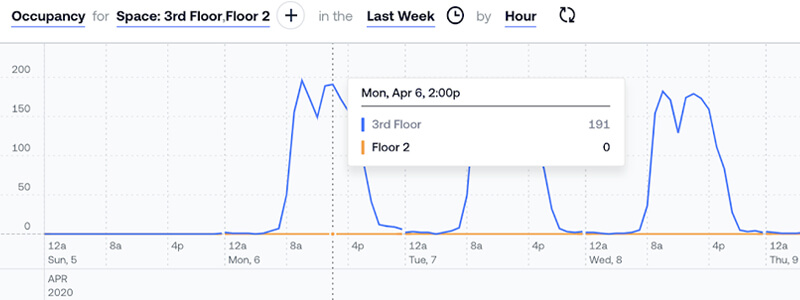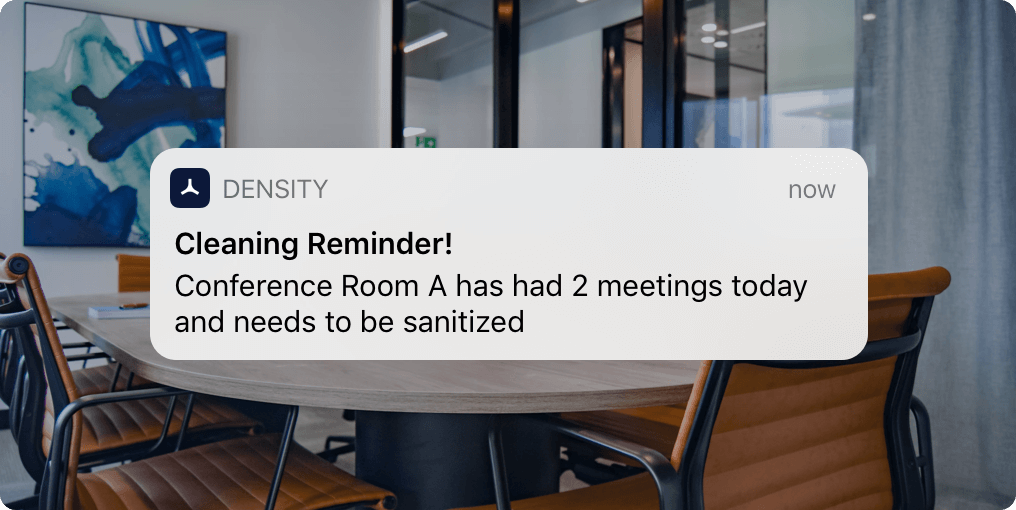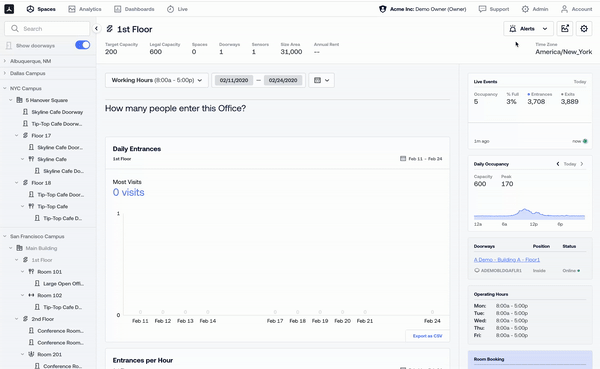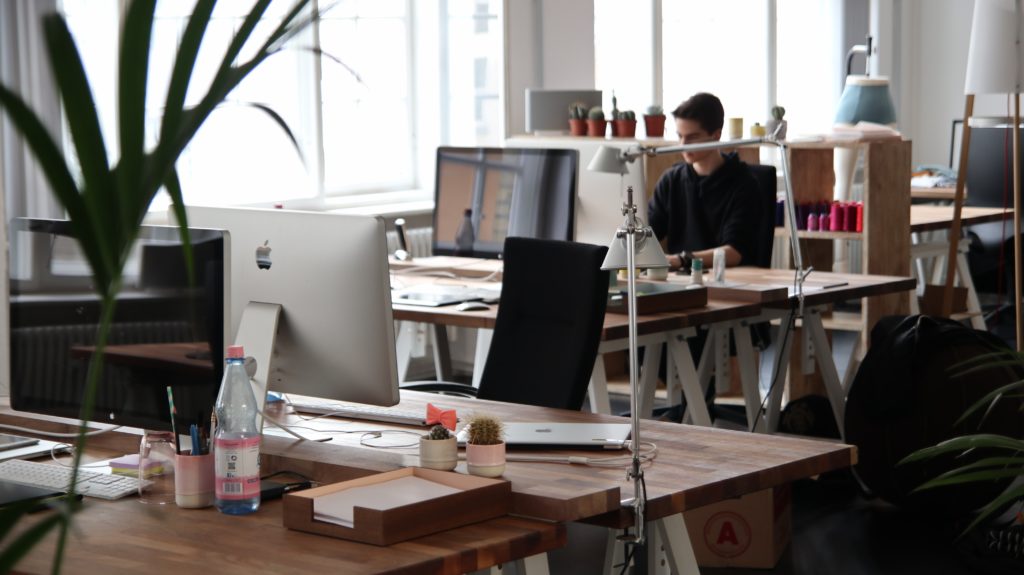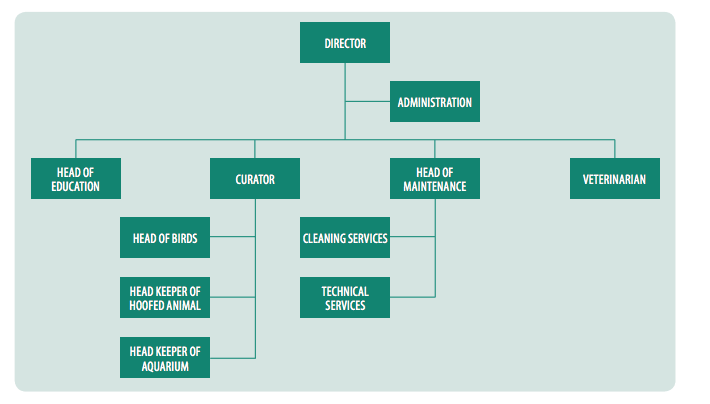The coronavirus outbreak that began in China late last year has gone global. More than 114,000 cases and 4,000 deaths have been confirmed worldwide, and both the World Health Organization (WHO) and the U.S. Department of Health and Human Services (HHS) have declared a public health emergency.
So far, outside of China, Korea, Italy, and Iran have been hit the worst, accounting for around 750 confirmed deaths combined. The first person in Britain died from coronavirus last week as well, and the number of cases and deaths in the United States continues to climb. Several U.S. states — including Washington, California, New York, Massachusetts, Maryland, and Indiana — have formally declared a state of emergency.
By now, the whole globe must be on full alert.
Beyond the tragic human costs, the outbreak, also known as COVID-19, is having a major impact on the global economy and businesses of all stripes. Few industries remain untouched as fears of a global economic slowdown weigh on the minds of government officials, business leaders, and investors.
For most employees, the concerns hit closer to home. Many people are scared and want to do everything in their power to keep themselves and their loved ones safe.
They need guidance. And at this point, all organizations must be able to offer clear, accurate communication and establish helpful policies that will protect the workplace and ease the minds of worried workers.
Knowing the facts
WHO, which is issuing daily situation updates on its website, has one key recommendation for everyone: “Get the facts from reliable sources to help you accurately determine your risks so that you can take reasonable precautions.”
This message is echoed by the Harvard Business Review in its comprehensive breakdown of employer best practices: “Dangerous rumors and worker fears can spread as quickly as a virus. It is imperative for companies to be able to reach all workers, including those not at the worksite, with regular, internally coordinated, factual updates about infection control, symptoms, and company policy regarding remote work and circumstances in which employees might be excluded from or allowed to return to the workplace.”
This is step one for any enterprise.
Following it responsibly will ensure you provide good information to employees — rather than add to a sense of panic.
Some key facts:
- WHO: “If you are not in an area where COVID-19 is spreading, or have not travelled from an area where COVID-19 is spreading, or have not been in contact with an infected patient, your risk of infection is low.”
- OSHA: “Exposure risk may be elevated for some workers who interact with potentially infected travelers from abroad, including those involved in: healthcare; deathcare; laboratories; airline operations; border protection; solid waste and wastewater management; travel to areas, including parts of China, where the virus is spreading.”
- CDC: “There is much more to learn about the transmissibility, severity, and other features of COVID-19 and investigations are ongoing. Updates are available on CDC’s web page at www.cdc.gov/coronavirus/covid19.”
Workplace guidelines
Various authoritative sources have offered a range of workplace guidelines for employers to follow. The Centers for Disease Control (CDC) is the first one that every employer should review, and it recommends the following, among other best practices:
- Actively encourage sick employees to stay home
- Emphasize respiratory etiquette and hand hygiene by all employees
- Perform routine environmental cleaning
- Advise employees before traveling to take certain steps
- Do not make determinations of risk based on race or country of origin
- Be sure to maintain confidentiality of people with confirmed COVID-19
Corporate & enterprise response
While the general guidelines are appropriate in most cases, organizations in different locations and sectors may need to respond differently. Many employers in Washington state — where “coronavirus may have spread undetected for weeks” — are taking a very cautious approach.
King County, which is home to Seattle, has recommended people over 60 and pregnant women to stay indoors and away from large crowds. The University of Washington went so far as to not hold classes or finals in person through the end of the quarter on March 20. And Microsoft and other tech firms in Seattle are asking employees to work from home when possible.
Such measures are not feasible or prudent for others, however. An airline cannot let pilots work remotely, for example, while a restaurant in Maine — where no cases have been reported — may hurt operations and worry staffers if it moves to skeleton crew.
Ultimately, as the New York Times notes, “No One Has a Playbook for This.”
But following the lead of other leaders in your sector and area, while also abiding by the most current health agency guidelines, is likely the best approach.
The following is a rundown of how a few high-profile employers are responding.
- After dozens of staffers tied to an international meeting held in Boston tested positive, Biogen took drastic measures, forcing all of its more than 7,000 employees (aside from a few essential onsite personnel) to work from home for up to two weeks and restricting travel through the end of March (source, source)
- SXSW cancelled its annual festival in Austin after many major participants pulled out and later laid off 50 employees to confront the financial fallout (source)
- Nike temporarily closed its Beaverton, Oregon, headquarters and its Netherlands European HQ “out of an abundance of caution” to conduct a deep cleaning of the campus. (source, source)
- Facebook withdrew from SXSW and canceled both its F8 developer conference and a marketing summit (source, source, source)
- Walmart is restricting employee travel for at least the next two months, will limit meetings and has canceled an upcoming conference in Dallas (source)
- Google canceled its Google News Initiative Summit in April as well as its I/O developer conference and turned its annual cloud conference into a digital-only event (source, source, source)
- Harvard, Princeton, and Indiana University are among the nearly 50 universities that have followed Washington University’s lead by canceling in-person classes in favor of online learning. Many have announcement looming campus closures as well, while MIT has suspended all international school-related travel for faculty, students, and staff (source, source)
- Twitter pulled out of SXSW and is strongly encouraging all employees to work from home to prevent spreading coronavirus (source, source)
- Italy cancelled all sporting events through April 3, including its signature Serie A soccer league, among many other travel restrictions across the nation. (source)
- The La Liga Spanish soccer league will play games without fans for the next two weeks, and the English Premier League (EPL) banned pregame handshakes between players to prevent spread of coronavirus (source, source)
- Square has stopped in-person job interviews as a coronavirus precaution (source)
- Amazon, Google, Facebook, and Microsoft are asking Seattle-based staff to work from home because of coronavirus (source)
- Adobe turned its annual Adobe Summit into an online-only event (source)
- The Bernie Sanders and Joe Biden campaigns have suspended rallies in Ohio (source)

